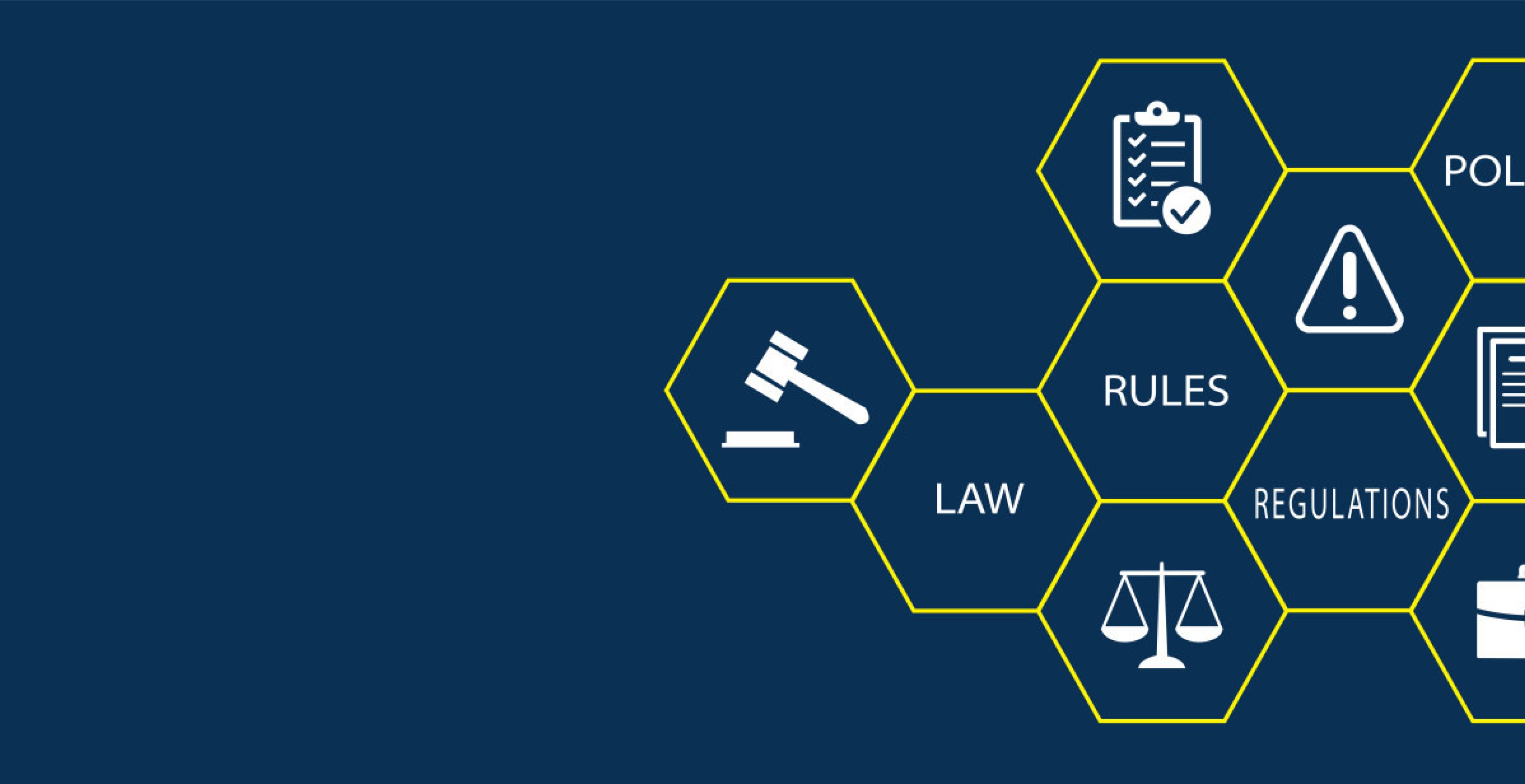

Molten Metal Splash
Molten metal splashed onto a worker will stick to exposed skin and some fabrics, causing them to instantly ignite, leading to severe burns or death.
Molten Metal Splash Standards
Working in the primary and remelt metal industries can be a hazardous occupation. The making and shaping of iron, steel, aluminium and other metals involves heat, pressure, the movement of molten metals and other activities that can expose workers to numerous physical and chemical hazards. Heat, noise, radiation, vibration, airborne particles, space restrictions, hazards from falling objects, electrical shock and molten metal are just a few examples of hazards that workers may be exposed to.
Failure to use proper PPE in smelting and casting environments can be dangerous. For example, molten aluminium is typically handled at 700°C to 780°C (1300°F to 1450°F), which creates a serious fire hazard and can cause severe burns should a worker come in contact with the melt. Furthermore, mixing water or other contaminants with molten aluminium can cause explosions that range widely in violence and can result in injury and death as well as destruction of equipment and plant facilities.
STANDARDS
| STANDARD | TITLE |
| ISO 9185 | Protective Clothing - Assessment of Resistance of Materials to Molten Metal Splash |
| ISO 15025 | Protective Clothing - Protection Against Flame - Method of Test for Limited Flame Spread |
| ISO 6942 | Protection Against Heat and Fire - Evaluation of Materials and Material Assemblies When Exposed to a Source of Radiant Heat (Method B) |
| ISO 9151 | Protective Clothing Against Heat and Flame - Determination of Heat Transmission on Exposure to Flame |
| ASTM F1939 | Test Method for Radiant Heat Resistance of Flame |
| ASTM F1959 | Standard Test Method for Determining the Arc Rating of Materials for Clothing |
| ASTM D6413 | Standard Test Method for Flame Resistance of Textiles (Vertical Test) |
| ASTM F955 | Standard Test Method for Evaluating Heat Transfer Through Materials for Protective Clothing Upon Contact with Molten Substances |
Note: ISO 6942 Method B - with method B, the protective effect of the materials is determined.

